Victorian Details Make Their Way in Modern Life
http://decor-ideas.org 11/17/2014 01:13 Decor Ideas
On a walk through any town in Britain and many in the U.S. and elsewhere, you could encounter homes from the Georgian, Tudor and Edwardian eras, to name just three. It can often be difficult to distinguish one period from another. Victorian architecture makes up a large proportion of those buildings. Here’s how to distinguish Victorian homes from the rest, and the design elements that make up their distinctive style today.
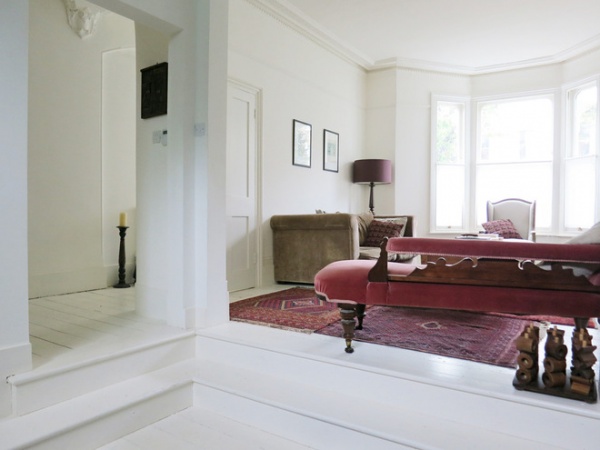
Architecture at a Glance
What: Victorian architecture — buildings constructed during the reign of Queen Victoria
When: 1837 to 1901
Main type: Terraced housing, generally built to accommodate workers moving to cities to work in factories
The Victorian era is the period in which Queen Victoria ruled Britain, from 1837 to 1901. Following the industrial revolution, which began around 1760 and lasted until about 1840, production methods and manufacturing processes had changed greatly. The beginning of the railways meant that building materials that would previously only have been available to those in the local area were now available countrywide.
People flocked to the towns looking for work. “The explosion of the property market happened in the Victorian era, so they were forced to mass produce homes to accommodate all of the workers,” says Hugo Tugman of Architect Your Home.
See how to bring a Victorian home into the 21st century
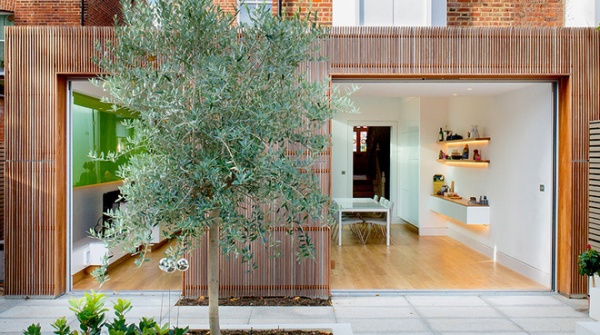
Victorian Home Characteristics
A small, hidden kitchen. Kitchens were considered to be the territory of servants for the wealthy, and would certainly not have been on display to the public in smaller homes. Beyond the main house was what is called a rear projection, or outrigger, which housed the kitchen, the pantry and, historically, an outside toilet.
“The only rooms to be presented to the public were the formal reception rooms. That’s probably one of the biggest differences between an original Victorian property built in the 19th century and one now: things like cooking were certainly not something on show to friends and guests,” says Martyn Clarke of Martyn Clarke Architecture. The rear projections were often more than 20 feet long, and can be extended sideways today to create around 430 square feet of space.
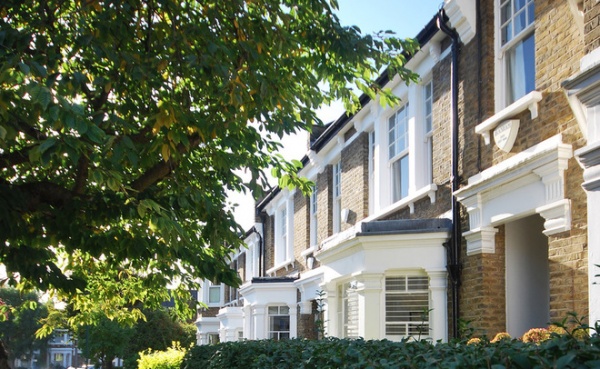
No garage. Cars were invented toward the end of the Victorian era, so Victorian homes did not have garages, hence the multitude of properties today with only street parking. People traveled by foot, steam train, horse, horse-drawn bus and, in the case of the wealthy, horse and cart.
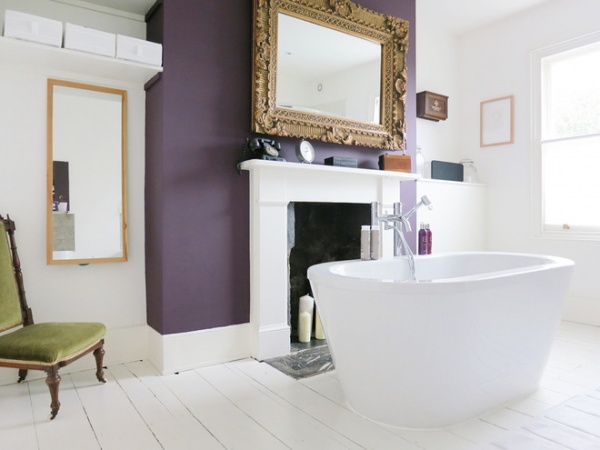
Fireplaces in every room. Most rooms in a Victorian house contained a fireplace, as open fires were the only form of heating. The lack of heating also affected room sizes. “It meant big, open spaces were unrealistic,” says Tugman. “Heavy curtains would also have been common to block drafts, as windows were single-glazed.”
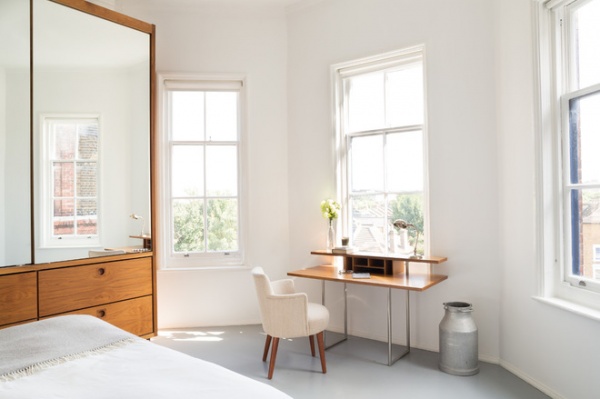
Sash and bay windows. Plate glass — which allowed for larger panes — arrived in 1832. Typical Victorian windows were made up of four or six panes fixed to wooden runners that slide vertically, called sash windows.
Often the homes had bay windows, either circular or rectangular. “Bay windows are very characteristic of the Victorian era and can even go up to three stories high,” Clarke says. “The Victorians embraced ornament in the detail and in the form of their buildings,” Tugman adds. “They would have had bays to create more interest in the modeling.”
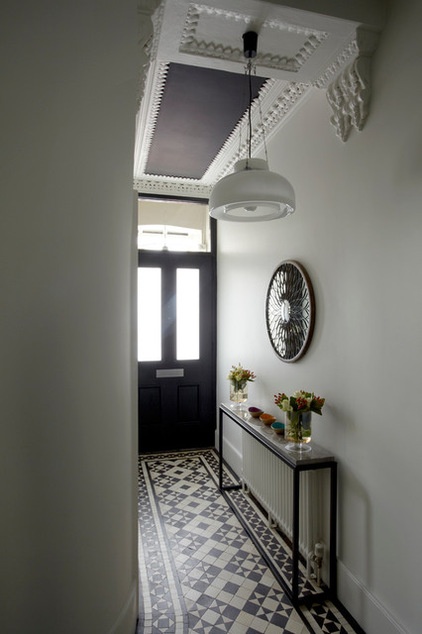
Floor tiles. Victorian homes often had floor tiles in the porch area and hallway. Terra-cotta was a common color, as were black and white. Geometric patterns, such as this one, were typical.
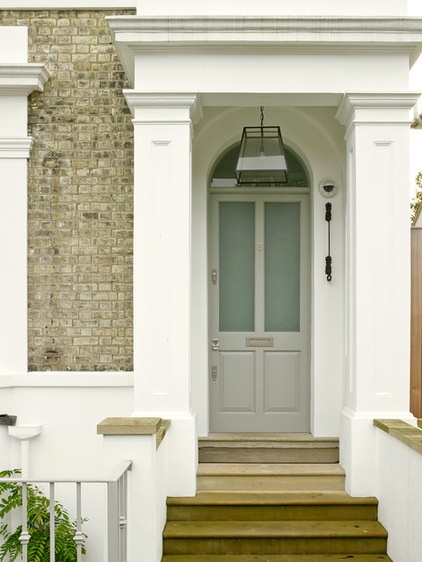
Porches. Victorian buildings typically had a front porch marking the main entrance. Their features varied depending on the grandness of the property. Small terraced houses typically had a small sheltered area, while grander properties had steps, gables and carvings around the porch.
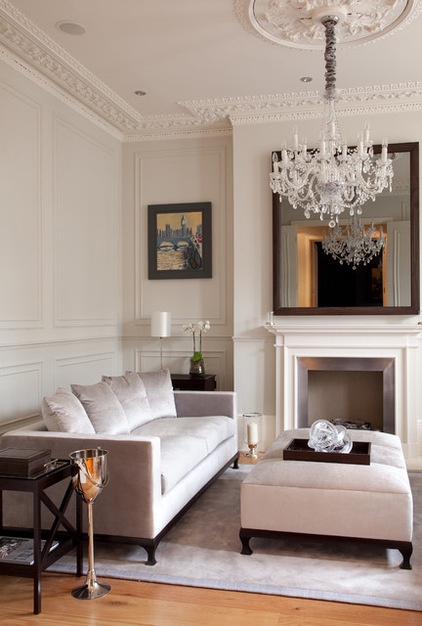
Molding. The quality of woodwork and molding was directly related to the status of the house. Molding gives form and shape to a room and was an important element in Victorian interior design. Grander homes had much more elaborate molding with decorative details, including ornate coving and ceiling medallions, which were designed to catch the smoke rising from gaslights.
“You can have different grades of fireplace, different levels of cornicing — different levels of embellishment across the board,” says Clarke.
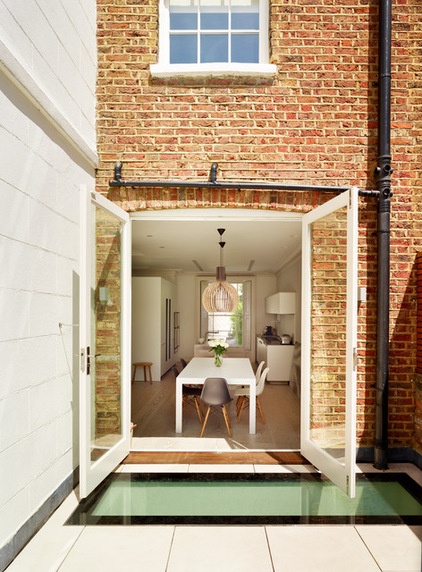
Types of Victorian Homes
The Victorian terrace. The terrace houses designed for working families were often very small and built in close proximity to one another.
A typical house of this kind was a two-up, two-down (two rooms upstairs and two downstairs). Sometimes a whole street would share just a few toilets. Some families may have had as many as 12 children — a source of income at the time, because they could be sent to work — so space was extremely tight.
Despite their compact footprint, Victorian homes are characteristically well proportioned, making them comfortable living spaces. “They have the best-proportioned spaces, with high ceilings and great depth,” Clarke says.
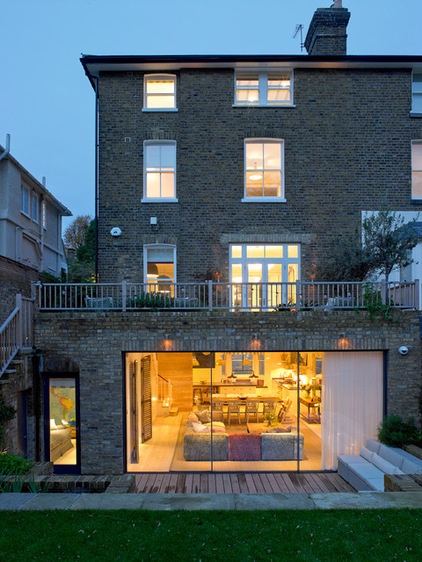
The Victorian semidetached. Members of the emerging middle class lived in larger terraced and semidetached houses, just streets away from the more crowded homes of the working class. They were more likely to have flushing toilets and servants’ quarters in the loft or basement, depending on the status of the family. Their internal finishes were more elaborate, particularly in the public rooms.
Tour an elegantly renovated Victorian villa
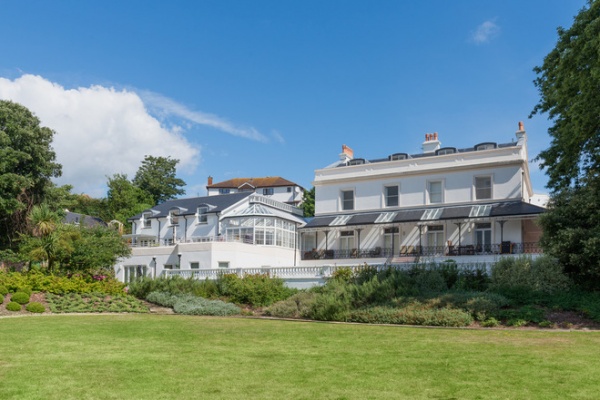
The Victorian mansion. For the wealthy, Victorian mansions were places of refuge and comfort. These homes were very grand and followed all of the latest fashions, including heavy curtains, flowery wallpaper and extravagant furniture. Rich, dark colors were à la mode, as were button-backed armchairs, ottomans and chaise longues.
“Often they had riotous colors, and they embraced color much more than we readily give them credit for,” says Tugman. Servants lived downstairs and were responsible for cooking and cleaning, lighting the fires, heating water for washing and helping members of the family to dress.
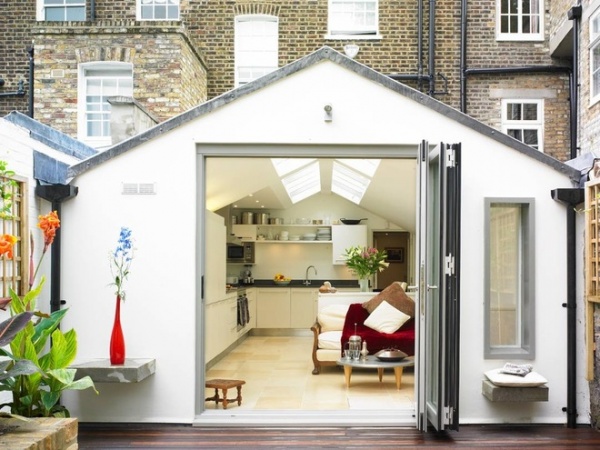
Victorian homes today. Victorian architecture shapes much of our architectural landscape today. Many of the larger homes have been subdivided into apartments, and extensions have often been added to both large and small homes to make the most of the space.
There are numerous ways to update Victorian homes: “You can add a contemporary extension, lay underfloor heating and renew sash windows,” for instance, says Clarke.
But while many Victorian homes have been brought into the 21st century, many aspects of their history and character endure.
More: Does Your House Have a Medieval Heritage?
Do you live in a Victorian? How have you made it work for your modern life? Please upload a photo to the Comments.
Related Articles Recommended












